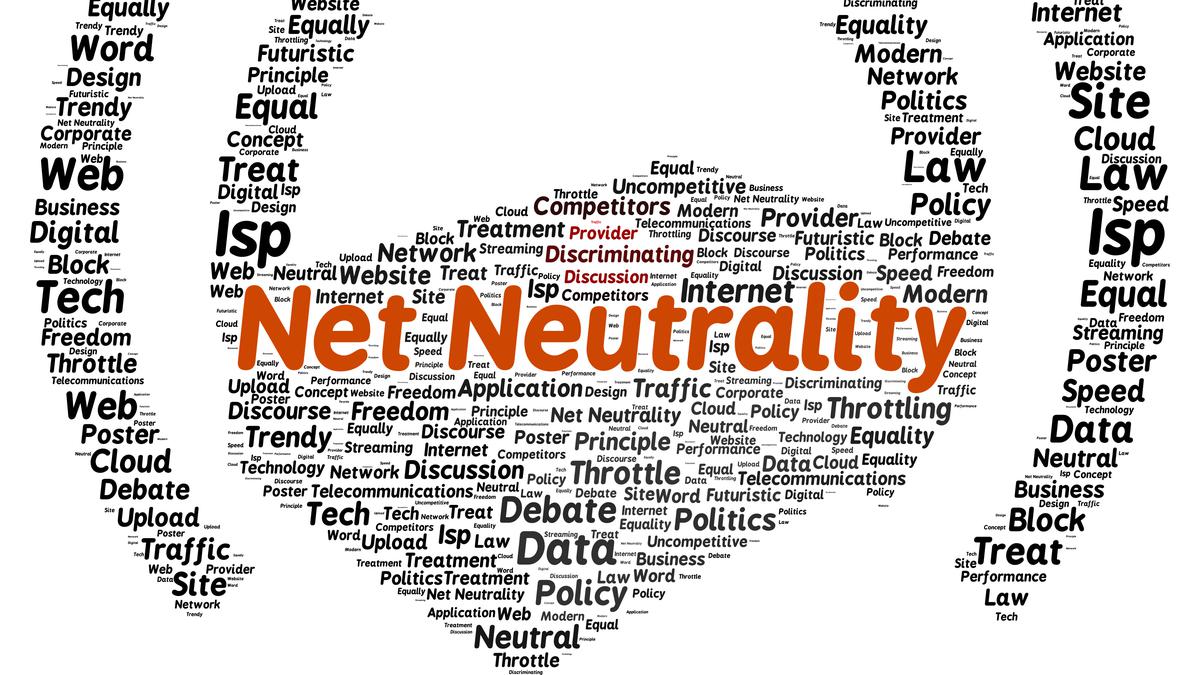
A telco double dip attempt that threatens Net neutrality Premium
The Hindu
It is imperative for all stakeholders, including policymakers, to recognise the long-term ramifications of acquiescing to the short-sighted demands of telecom companies
In July this year, the Telecom Regulatory Authority of India (TRAI), at the request of the government, invited a comprehensive consultation on the need and possible mechanisms for regulation of Over-The-Top (OTT) services. It seems to have stirred up a hornet’s nest.
For more than a decade now, telecom companies have seen revenue from traditional streams such as voice calls and Short Message Service (SMS) come under pressure, as competing OTT services are often free. At the same time, they have had to invest heavily in upgrading their infrastructure to handle increased data traffic, without necessarily seeing an equivalent rise in revenue. It is also their lament that OTT services are not subject to the same level of taxation and licensing fees, leading to an uneven playing field.
On the flip side, the use of OTT services has led to a surge in data consumption, which is a growing revenue stream for telecom companies.
The OTT consultation has renewed the clamour from the telecom companies that content providers such as Netflix, Amazon Prime, and Disney+ Hotstar be asked to share in the costs of bandwidth. They argue that streaming platforms are free riders, benefiting from the infrastructure built and maintained by the telecom companies. However, this argument is fundamentally flawed and sets a dangerous precedent that undermines the principle of net neutrality.
Telecom companies do not own the Internet; rather, they provide access to it. Consumers pay the telcos for access services by purchasing data plans.
By offering services that consumers desire, OTT platforms generate demand for Internet access. They also pay for the content delivery networks (CDNs) to create pathways that substantially augment the capacity of the internet to deliver their content.
Telecom companies capitalise on this demand (and the availability of OTT content) by providing connectivity to the Internet and charging subscribers for it. If they fail to cover costs, telecom companies are at liberty to increase their prices, which should go towards maintaining and upgrading their infrastructure.













